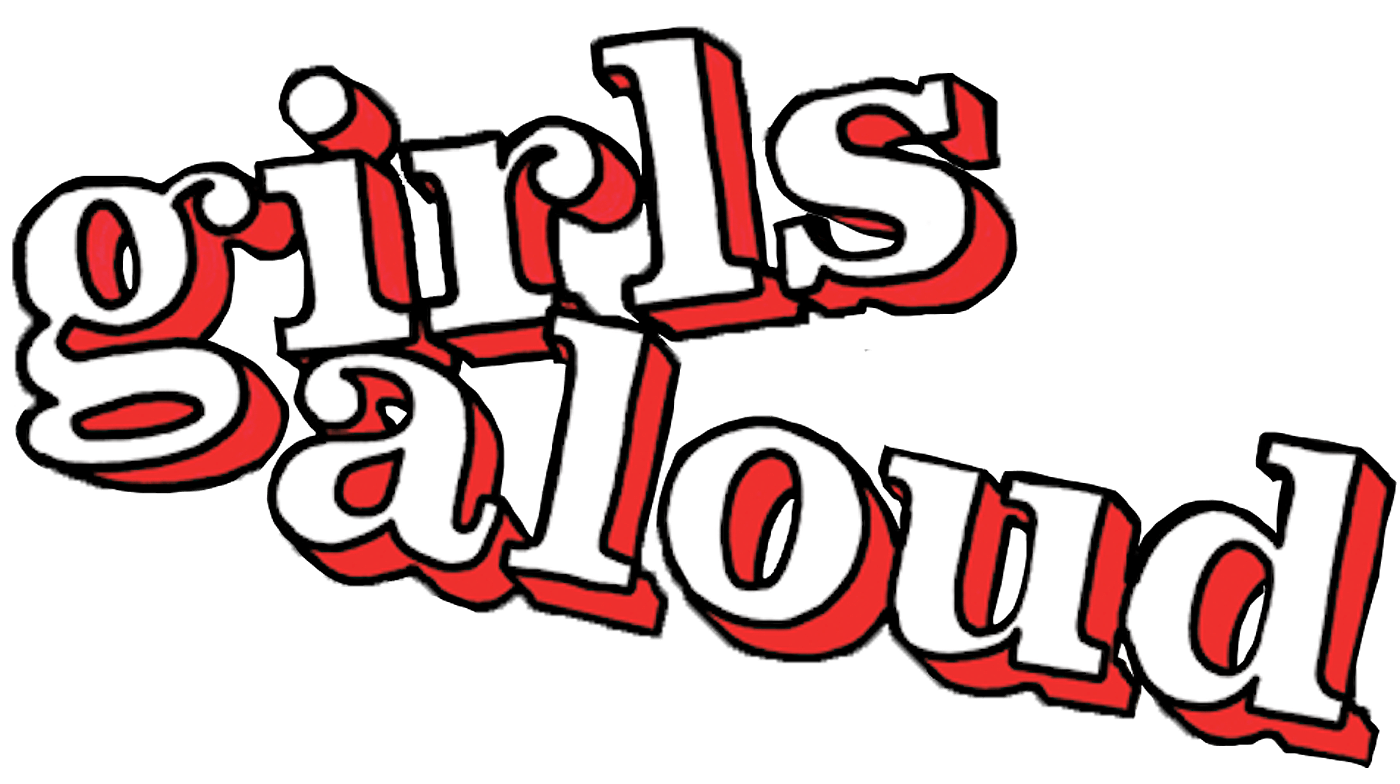Bee Gees
Streaming Now
About Bee Gees
In 1958, the Bee Gees were brought to life by brothers Barry, Robin, and Maurice Gibb in Brisbane, Australia. The trio are best known for their legendary disco era in the mid-to-late 70s, with smash-hits ‘Stayin’ Alive’ and ‘Night Fever’.
Cited as the “The Kings of Dance Music”, the collective wrote all their original material, distinctive with their three-part tight harmonies: Robin’s clear vibrato vocals were a trademark of their earlier hits, while Barry’s R&B falsetto became their signature sound in the 70s. They also famously produced several hits for other artists, such as Frankie Valli, Barbra Streisand, Diana Ross, Dionne Warwick, and Dolly Parton.
In 1966, the Bee Gees moved back to England and shaped their sound in the environment of Swinging London, releasing their debut album ‘New York Mining Disaster 1941’ in 1967. The album took on a haunting melody and a psychedelic ambience, making the Top 20 in the UK and America. They had successful follow-ups with ‘Holiday’, ‘To Love Somebody’, and ‘Massachusetts’ which topped the UK charts.
Following a brief hiatus and two solo projects (‘Cucumber Castle’ by Barry and Maurice and ‘Robin’s Reign’ by Robin), the brothers returned in 1970 with a progressive pop/rock sound, debuting two soulful singles ‘Lonely Days’ and their first American number one hit ‘Morning of My Life’.
Getting into the vibrant swing of the 70s, the Bee Gees continued to shape their music style with ‘How Can You Mend a Broken Heart’ and ‘Run To Me’ and the dance rhythms, high harmonies, and funk beats on their album ‘Main Course’. Then, in 1977, featured singles for the iconic, era-defining disco film Saturday Night Fever - ‘Stayin’ Alive’, ‘How Deep Is Your Love’, and ‘Night Fever’ each topped the charts, even as the soundtrack album remained in the top spot for 24 weeks.
‘Spirits Having Flown’ was their peak commercial success, bringing in 30 million sales and yielding three more number one singles. In 1997, the Bee Gees were inducted into the Rock & Roll Hall of Fame and remained active until the death of Maurice in 2003 and Robin in 2012. Barry continued to work on other projects in the music industry.

Where were the Bee Gees from?
Barry, Robin and Maurice were born in England in the late 40s before the family moved to Australia, Brisbane in 1958. The three gravitated towards music, attracting the attention of a local DJ and eventually launching their local television show. Around this time, the band took on the name Bee Gees; the rest is history.
What happened to Barry Gibb post-Bee Gees?
Barry kept working, appearing on other people’s records, playing concerts, and releasing a solo album titled ‘In the Now 2016’. The Bee Gees were honoured at the 2017 Grammys, and their music featured in the star-studded concert ‘Stayin’ Alive’.
What impact did the Bee Gees have on modern music?
The Bee Gees are regarded as one of the most influential acts in pop music history, with a sound and style mirrored in acts such as Justin Timberlake and of Montreal.
How did Barry Gibb find his signature sound?
The Bee Gees falsetto came about more or less by accident. The producer asked for harmonized background screaming for a recording; it was the first time Barry sang falsetto, and he discovered that he was good at it. “We found a new sound."
Bee Gees Tour Dates & Tickets
For more information on upcoming Bee Gees tour dates and tickets, please visit their official website.

Bee Gees ‘One For All Tour’
Recorded live in Melbourne, Australia at The National Tennis Centre in November 1989, this release captures the third stop on The Bee Gee’s ‘One for All World Tour’ celebrating their eighteenth studio album ‘One.’
The concert has been fully restored with newly mixed and mastered surround sound and now delivers the best possible quality.
This is a classic Bee Gees concert with the Gibb brothers performing tracks from as far back as their 1966 breakthrough hit ‘Spicks And Specks,’ through their classic seventies and eighties songs and on to selections from the ‘One’ album.
The performance can be streamed on demand with unlimited replays through the On Air website, mobile, and TV apps.










